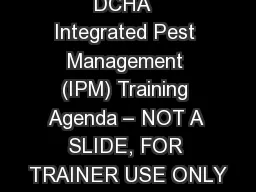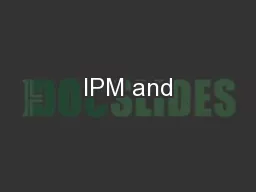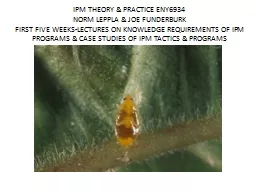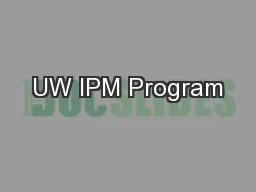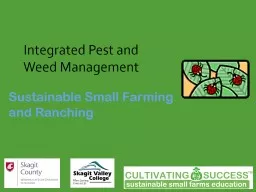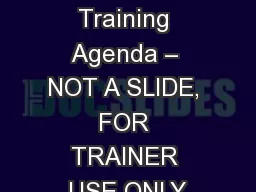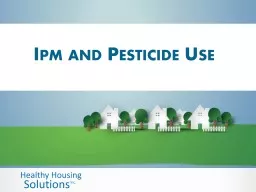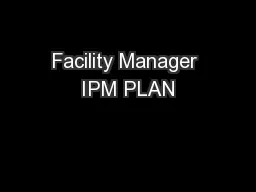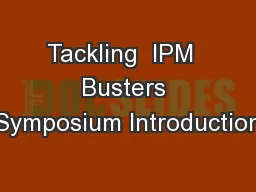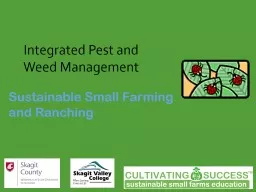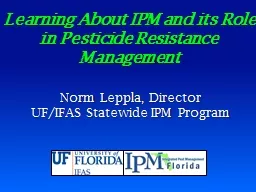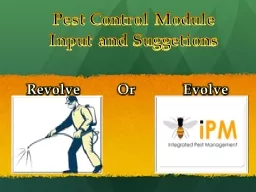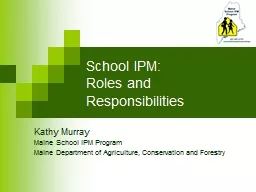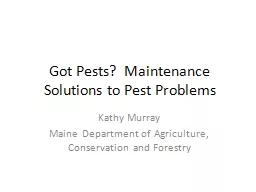PPT-DCHA Integrated Pest Management (IPM) Training Agenda – NOT A SLIDE, FOR TRAINER USE
Author : conchita-marotz | Published Date : 2018-10-06
Slide 2 Introductions and Group Discussion 10 minutes Presenters Introduce themselves background and qualifications Whos who show of hands laborers foremen mechanics
Presentation Embed Code
Download Presentation
Download Presentation The PPT/PDF document "DCHA Integrated Pest Management (IPM) T..." is the property of its rightful owner. Permission is granted to download and print the materials on this website for personal, non-commercial use only, and to display it on your personal computer provided you do not modify the materials and that you retain all copyright notices contained in the materials. By downloading content from our website, you accept the terms of this agreement.
DCHA Integrated Pest Management (IPM) Training Agenda – NOT A SLIDE, FOR TRAINER USE: Transcript
Download Rules Of Document
"DCHA Integrated Pest Management (IPM) Training Agenda – NOT A SLIDE, FOR TRAINER USE"The content belongs to its owner. You may download and print it for personal use, without modification, and keep all copyright notices. By downloading, you agree to these terms.
Related Documents

